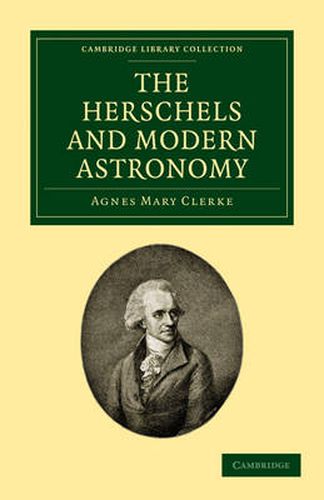Readings Newsletter
Become a Readings Member to make your shopping experience even easier.
Sign in or sign up for free!
You’re not far away from qualifying for FREE standard shipping within Australia
You’ve qualified for FREE standard shipping within Australia
The cart is loading…






The Herschels in this biography are Sir William Herschel (1738-1822), his sister Caroline (1750-1848) and Sir John Herschel (1792-1871), William’s son. Sir William was an astronomer and telescope-maker who discovered the planet Uranus in 1781. He was appointed ‘the King’s astronomer’ to George III in 1782, and under his patronage built the then largest telescope in the world. Caroline Herschel worked as her brother’s assistant for much of his career but was also an accomplished astronomer in her own right, discovering eight comets and producing a catalogue of nebulae. Her nephew Sir John Herschel was also a distinguished astronomer who made many observations of stars in the southern hemisphere. This book by the astronomer and writer Agnes Clerke (1842-1907), published in 1895, provides both an analysis of their work and an assessment of its contribution to later astronomical research.
$9.00 standard shipping within Australia
FREE standard shipping within Australia for orders over $100.00
Express & International shipping calculated at checkout
The Herschels in this biography are Sir William Herschel (1738-1822), his sister Caroline (1750-1848) and Sir John Herschel (1792-1871), William’s son. Sir William was an astronomer and telescope-maker who discovered the planet Uranus in 1781. He was appointed ‘the King’s astronomer’ to George III in 1782, and under his patronage built the then largest telescope in the world. Caroline Herschel worked as her brother’s assistant for much of his career but was also an accomplished astronomer in her own right, discovering eight comets and producing a catalogue of nebulae. Her nephew Sir John Herschel was also a distinguished astronomer who made many observations of stars in the southern hemisphere. This book by the astronomer and writer Agnes Clerke (1842-1907), published in 1895, provides both an analysis of their work and an assessment of its contribution to later astronomical research.